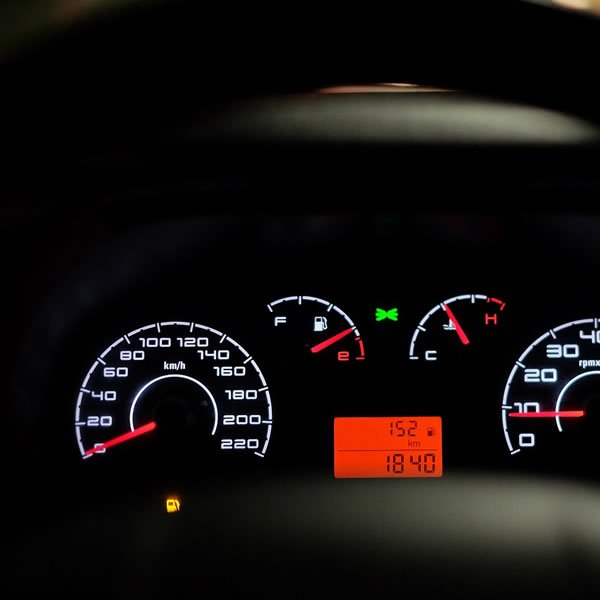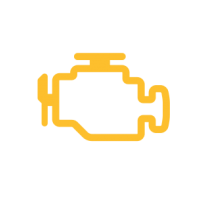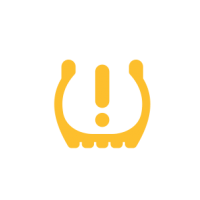When you first start your driving lessons with us here at i-drivesafe, we teach you much more than just how to drive the car.
As part of our objective to create safe drivers for life, we will also teach you about the car itself. That’s the same whether it’s your very first beginner driving lessons, lapsed learner driver lessons, refresher driving lessons or Advanced driving lessons (PassPlus). If required, even on our fleet driver training courses.
Driving is about more than just getting from A to B – it’s about getting there safely.
Don’t panic, you won’t be expected to know everything going on under the bonnet, but it’s certainly helpful to know the warning signs when something IS. That’s where your dashboard warning lights come in, and it’s quite scary to discover how many people literally don’t have the faintest clue what any of those lights mean.
An AA survey has revealed that 26% of drivers would have to resort to Google to search for what specific warning lights mean. That means that thousands and thousands of people could be driving around, completely oblivious to the fact that a problem with their car could be causing long-term damage (such as a low oil warning light) or, ultimately, engine failure. Even worse, some warning lights could indicate a potentially lethal issue.
Red for Stop, Green for Go
Even if you are unsure what each specific light indicates, it is important to understand one simple thing. Many lights will illuminate when you start the engine, but when they illuminate while driving you DO need to take notice.

Dashboard warning lights use a green/amber/red colour system, much like traffic lights:
Here’s a guide to just some of the important dashboard warning lights, although bear in mind that these may vary from manufacturer to manufacturer:

Brake Warning Light
This red light illuminates when the handbrake if engaged. If it then stays on, or lights ups while driving, there’s aprobalem – and brake problems should NEVER be ignored. It could mean that the brake fluid is low. This is probably a job for a mechanic.
If the ABS light comes on, the braking system isn’t functioning properly so your brakes may not work. You don’t take chances with brakes. It’s vital to act when you see this light.

Engine Management Light
This light often comes with other signs that the engine’s not working quite how it should. You may feel a lack of power, or a failure to respond to the accelerator. This could suggest various faults from minor issues more complicated mechanical problems. You should get it checked out as soon as possible.

Airbag Warning Light
This light indicates a problem with the airbag safety system. If the airbag system is faulty, it may not deploy when needed – or could potentially activate out of the blue. Get it checked.

Engine Temperature Warning Light
This light means the engine is overheating. This could be because coolant levels are low, but could also mean a bigger issue, such as head gasket failure. When red you should stop immediately, as if the engine gets too hot, it can be irreparably damaged. Always wait until the engone has cooled before checking levels. An overheating engine can cut out, too.

Oil Warning Light
This comes on when the oil level or pressure is too low. If the engine isn’t properly lubricated, it can be permanently damaged so always respond quickly to this light.

Low tyre pressure warning light
Some cars are now fitted with tyre pressure monitoring systems. Drive slowly and carefully and check your tyres at the next opportunity.

Battery warning light
If this lights up while driving, the battery’s not charging. You can still drive, but once the battery is dead, nothing in the car will work – maybe not even your plip keys – so get to the garage ASAP. Once it is flat, you can try to jump it or call your breakdown service.
The Lights are there to Help You!
The AA survey also revealed:
- Almost half of the drivers asked admitted confusion as to the meaning of warning lights when they are actually driving.
- Ten per cent of UK motorists would have more luck recognising specific emojis than car warning lights.
- Over half of drivers feel they would benefit from more in-car information.
Better though, surely, would be to learn about warning lights before you drive? That’s what the car’s handbook is there for. You can even learn about the lights during driving lessons, when you learn to drive with an i-drivesafe driver coach.
Due Care and Attention
And if those AA statistics were not sobering enough, another survey, this time by HPI, found 96 percent of motorists were unable to recognise a simple brake warning light. Now that IS scary. Failing brakes are no joke. In the event of an accident, your insurance policy could even be null and void if you’ve ignored a warning light. That’s because it’s tantamount to ignoring the issue which may have contributed to an incident. Your insurer could consider you at fault for failing to address the problem.
Regular car servicing is always a good idea as your mechanic will thoroughly examine a car for impending problems. In the meantime, study your car’s handbook and familiarise yourself with those warning lights. Better still, learn to drive, or take refresher driving lessons with a driving instructor who’ll coach you to become a safer driver for life.